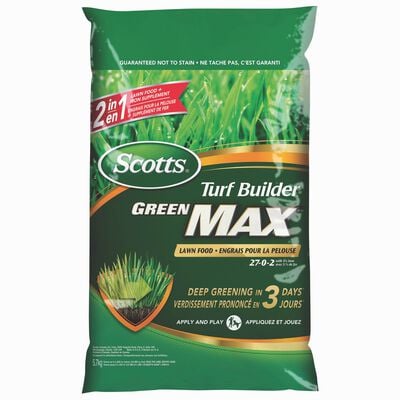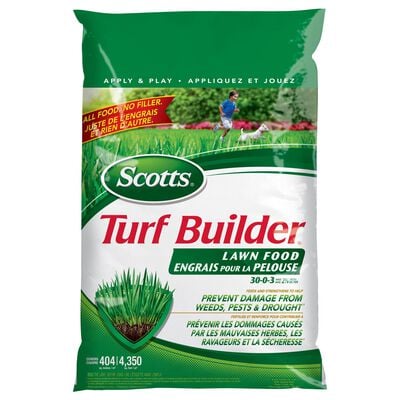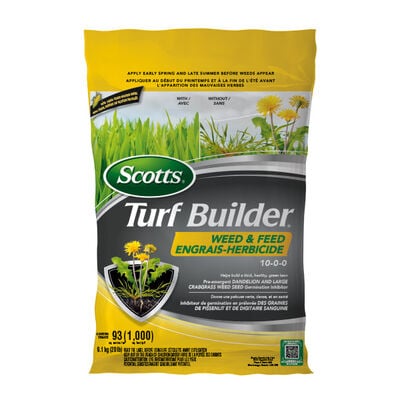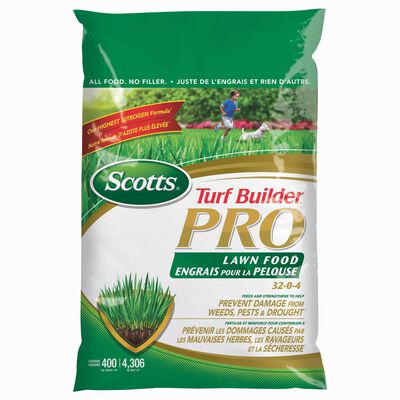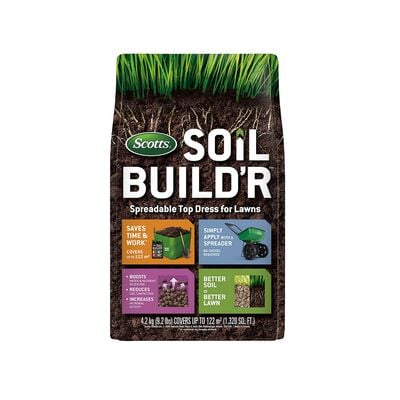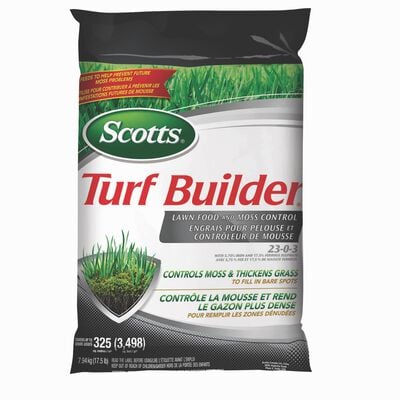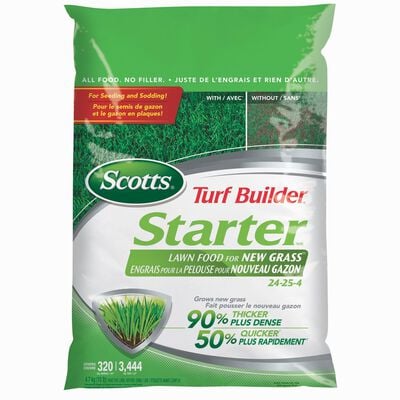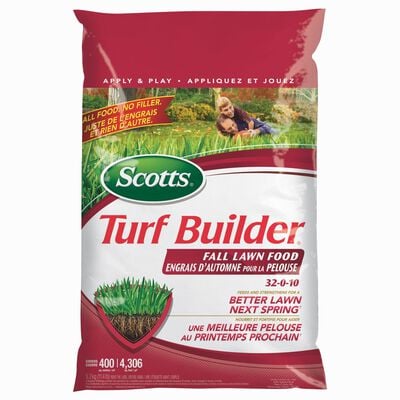
How To Prevent Grass Burn In The Lawn
Good Lawn Practices and Products Have Made This Problem a Thing of the Past
There's an old saying that many lawn-owners have been living by for years. It goes something like this: Don't feed your lawn in the summer because you'll cause lawn burn. Lawn burn sounds terrible. But what is it?
Origins of Lawn Burn
Years ago, people used primarily fast-release and agriculture-grade fertilizers on their lawns. These products often applied too much nitrogen at one time, and the microbes in the soil couldn't break it all down. The excess nitrogen in the fertilizer in the soil caused the grass to start giving water back to the soil, causing it to dry out. This resulted in a burned look to the lawn.
Today's Lawn Foods Are Different
Scotts® granular Lawn Foods are slow-release products, meaning the nutrients are released slowly to the lawn. Microbes in the soil are able to break down the nitrogen in the particles over time, thereby releasing nutrients slowly and steadily over a6-8 week period, which means no lawn burn.
Some Do's and Don'ts for Summer Lawn Care
Prolonged periods of heat and drought can put stress on your lawn. Here are some tips for helping your lawn get through a long, hot summer.
- If your lawn has already gone dormant from summer heat and drought, do not feed it.
- If your lawn is still green and growing, make sure your lawn has received adequate moisture the week before you feed. Always follow any watering restrictions in your area.
- Always follow the instructions for application on the package label.
- When it's hot and dry outside, reduce additional stress on your lawn by minimizing foot traffic.
- Set your mower to one of its highest positions, and make sure the blade is sharp. Taller grass can grow deeper roots, and dull blades can lead to excess moisture loss in your grass.

